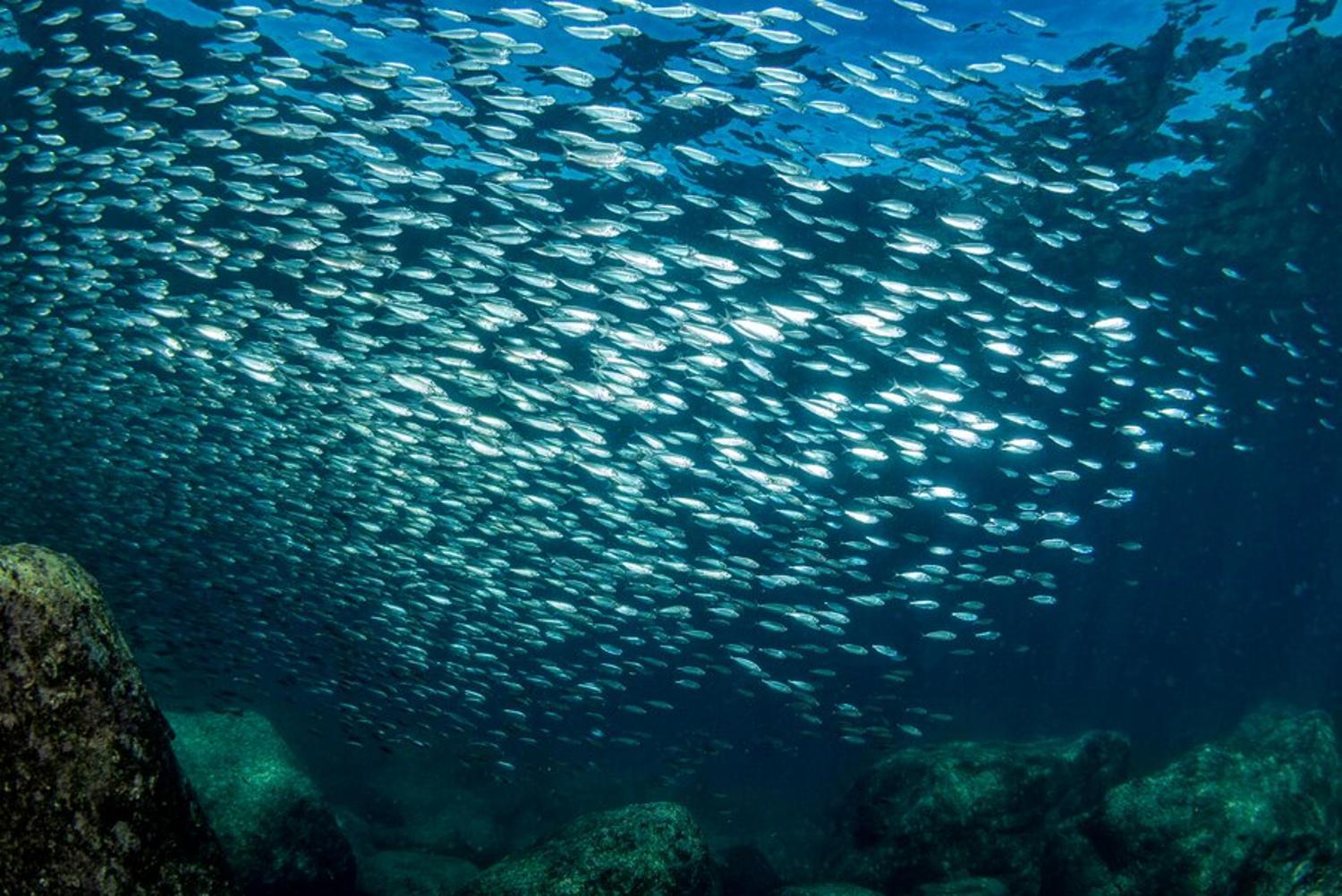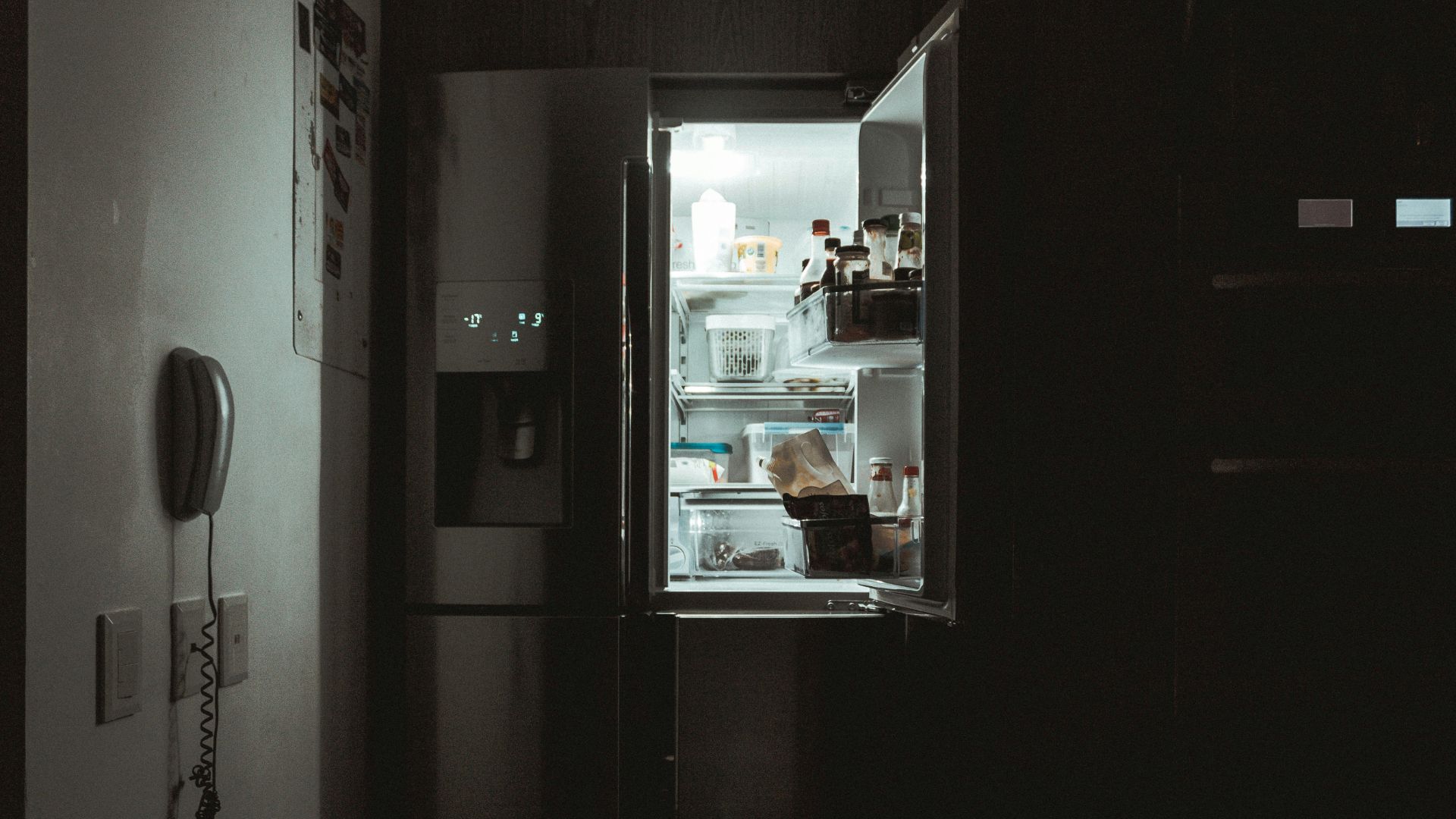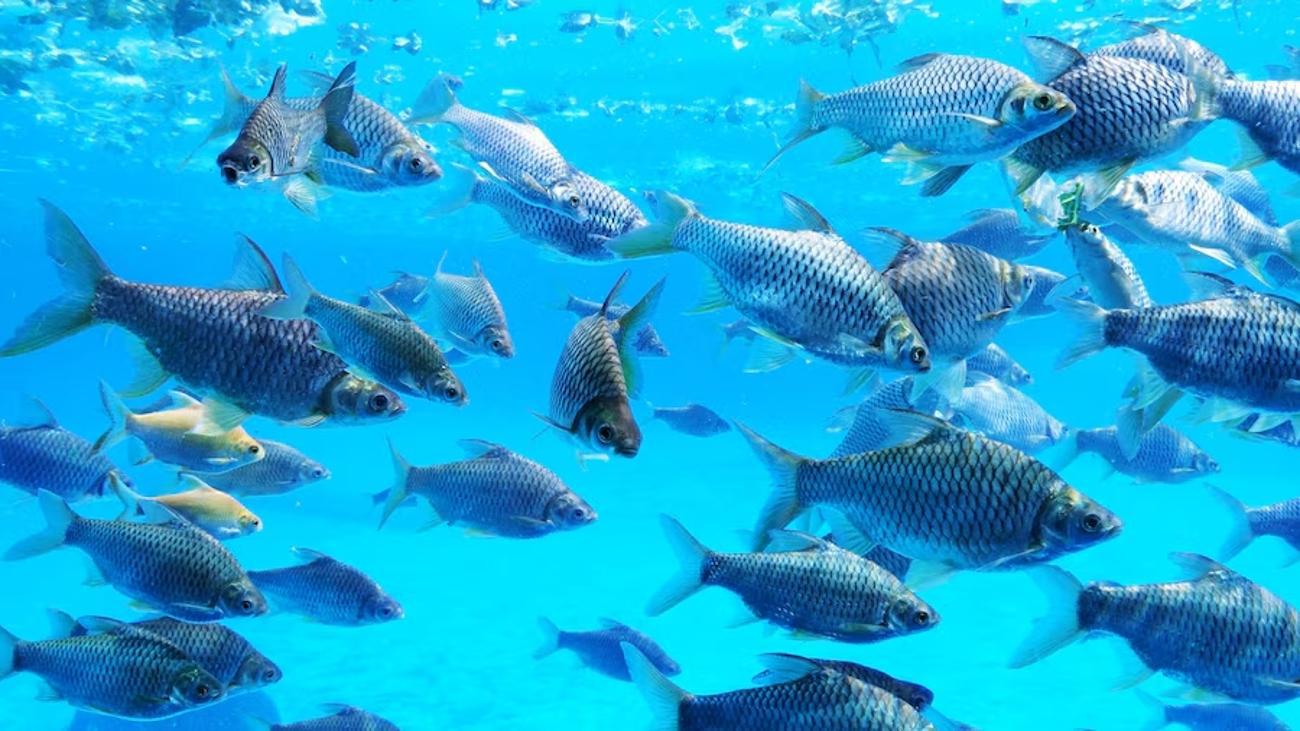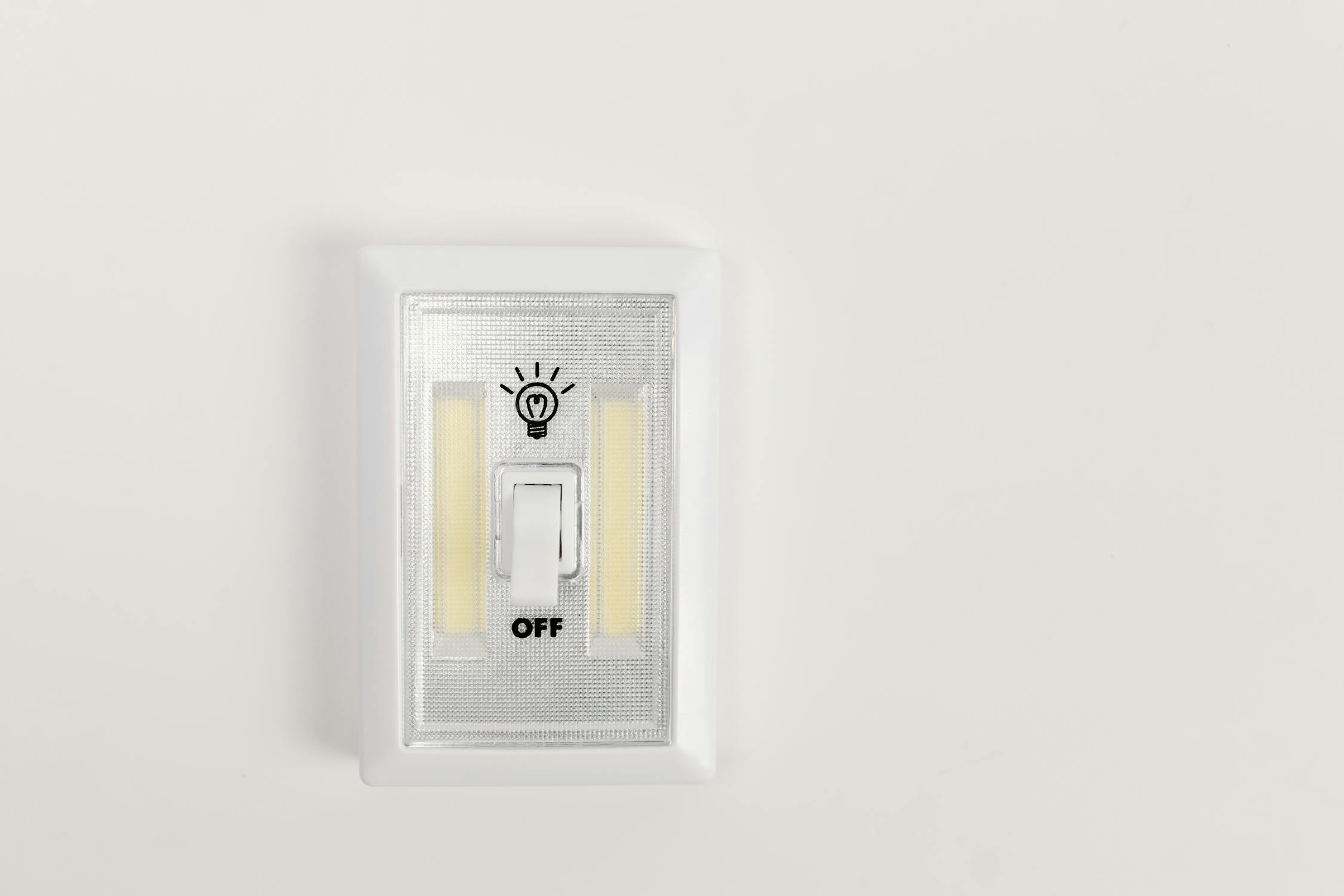It has been a long-established fact that light pollution has been affecting humans’ ability to see the night sky. But it isn’t just harming us. Birds migrating, insects, and other animals are unable to see as light blinds the sky.
Light pollution is now threatening marine life along the coastline.
The Danger for Coastline Fish

Coastline fish are in danger as artificial light shining from around the world leads young fish into the mouths of predators.
A new study found that the light-hitting corals were attracting more fish to a control site, and predators discovered that this was an easy feeding ground. Now, scientists are nervous about what this means for the ecosystem.
Looking at the Coastline

Jules Schligler, the lead author of the study at the International Coral Ecosystem Research Center in Moorea, French Polynesia, believes researchers have rarely considered the marine ecosystem when studying the effects of light pollution.
Cities scattered along the water’s edge artificially light nearly a quarter of the world’s coastline, excluding Antarctica.
The Study

The study, which involved creating 12 coral test sites in the waters off Moorea and shining an underwater light on half of them, found that artificially lit corals attracted fish larvae.
Eventually, predators followed the fish larvae to the artificially lit corals to eat the prey in the coastline.
A Beacon of Light

“We found that the coral with the light attracted two to three times more fish compared to the naturally lit control site,” Schligler told the Guardian.
Schligler continued: “The coral with the [artificial] light is a bad environment for the larval fish because there are more predators, opportunistic fish passing by, that eat them.”
A “Midnight Fridge”

Schligler speculated that the light created a “midnight fridge” underwater, though it remains unclear whether predators followed the larval fish to the light or were drawn to the light itself.
“The artificially lit coral could be like a midnight fridge full of tasty plankton that are drawn to the light too,” Schiller said.
A Vicious Cycle

However, it is the apartment that the artificial glow was altering the behavior of all the marine life attracted. The cycle of how the creatures find each other is explainable by the team behind the study.
“The plankton attract the larvae, and then the larvae are followed by their predators,” Schiller said. “Or it might be both the light itself and the prospect of food that attract them. Either way, it makes them all behave unnaturally.”
Looking at Two Species

The study focused on two species—the yellowtail dascyllus and the blue-green chromis—but Schligler believes the findings apply to other marine species as well.
He adds, “We can only extrapolate to a certain point but our findings, and other tests we did on crab and shrimp, generally indicate that marine animals are attracted to artificial light.”
Validating the Study

Oren Levy, head of the laboratory for molecular marine ecology at Israel’s Bar-Ilan University who was not part of the Schligler-led study, touches on the findings of the research.
He says that Schligler’s findings are in line with his own work, which suggests that the light hitting the corals is a beacon bringing all creatures together in an unnatural way.
Other Effects on Fish

Levy says the Mo’orea study shows that artificial lights not only increase the risk of prey being eaten but also affect how fish age.
Few species can grow under intense light as it can be too stressful or even lethal. A few species can grow under the light, but it can have significant effects on age, growth, and appetites of fish.
Light Pollution Can Harm the Corals

Levy also notes that the artificial light is also harming the reefs, pointing to a previous study that showed how artificial light interfered with reproduction and caused corals to collapse.
“Corals synchronize their spawning events to maximize the probability of reproductive contact. Our results suggest that lit and unlit reefs are spawning on different nights, reducing the probability of reproductive contact, which reduces reproductive success and genetic exchange between reef systems,” Dr. Thomas Davies, a professor of marine conservation at the University of Plymouth,told Eco Watch.
Limiting Light Pollution

Limiting artificial light, especially in environments like homes and workplaces, can help humans and animals alike.
You can reduce light pollution from daily activities by creating a lighting schedule, using light-blocking curtains, and utilizing natural light.








































